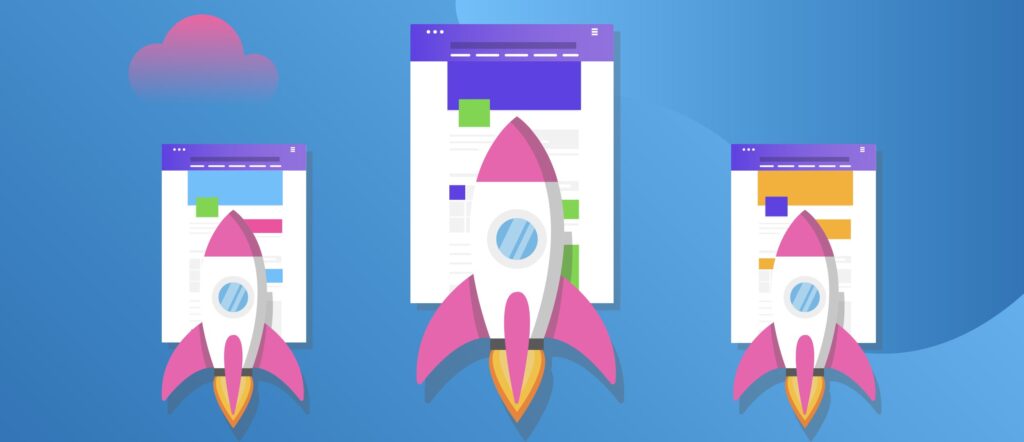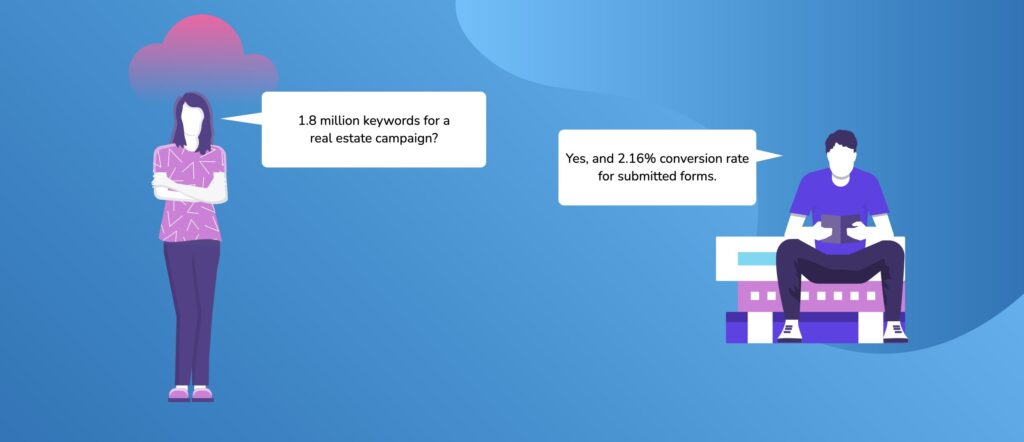
Why Creating Highly Relevant Content Is Difficult Even For AI
The announcement of several platforms, such as Shopify and Instagram, to incorporate systems like the new GPT-4 via API to improve the user experience via AI is creating further excitement in the industry. But is OpenAI’s masterpiece an equal substitute for man-made material in content production as well, and thus the all-purpose, everything-replacing weapon that many are stylizing it to be? First experiments by leading media companies are beginning to cast doubt on this thesis. In this article, we explore these doubts and also explain why this does not only apply to journalistic content, but can also affect content marketing campaigns of brands and companies.
Chat GPT as the biggest digital revolution since the invention of the Internet
When OpenAI, a company financially supported by Microsoft, made ChatGPT, among other things, available to the public at the end of last year, the tremor in the digital world was great. In addition to the always interesting question of the effects on the labor market (replacement of man-made work by machines), the publication was also understood as a major attack on the large and almost omnipotent competitor Google. After all, the seemingly omniscient AI ultimately replaces the users’ own responsible curation of search results and serves up the desired result in just a few seconds. In the first instance, however, this has the consequence that the source of information remains intransparent for users – which can lead to a whole series of problems, especially when evaluating content.
Through the API provided, AI systems such as ChatGPT can now also be integrated into other digital platforms. Snapchat, for example, uses the AI to answer questions from its users, and various shopping platforms have already announced their intention to utilize the services of the bot. The opaque source situation continues at this point – and increases sheer exponentially into the immeasurable with such further dissemination. This is all the more serious as the quality of the content curated by ChatGPT is still demonstrably subject to some fluctuations. At this point, it should be taken into account that the AI is only at the beginning and that some optimization will still follow, as co-founder Greg Brockman also emphasizes again and again. Seen in this light, ChatGPT in its current stage is perhaps only the carriage in the evolution to a sports car.
But even then, doubts about the relevance of automatically generated content from an AI may be well founded.
Lack of control and self-referencing as elementary problems in content generation by ChatGPT
One of the main criticisms of outsourcing content creation to ChatGPT is the lack of control over content production. This can make it difficult for publishers such as media companies that use ChatGPT to maintain their reputation and selectivity to a sufficient degree. At a time when unique content seems to be increasingly scarce anyway and the media landscape seems to be converging more and more, this gives pause for thought.
Currently, there are editors-in-chief or publishers who allow AI-generated content to be published on their websites without hesitation – perhaps because they have no idea what exactly they are buying into. But as experiments by The Atlantic point out, the massive use of ChatGPT could lead to the need to publish rebuttals and corrections and other fixes every week to correct the errant AI. Therefore, it can be assumed that this naive attitude may soon change. After all, disputes about responsibilities in the sense of press law when evaluating content are thus pre-programmed.
Another problem arises due to the danger that the AI’s generated texts will become increasingly self-referential as soon as it begins to regard texts from itself or other bots as part of the Internet and thus feed its language model. This is another momentary side effect of generators like GPT-3 and now GPT-4 that has yet to be met. If the content is not curated with the utmost care, it leads straight into the gray swamp of irrelevance.
Problems with the brand message as well
If we transfer this development from journalistic content to the advertising market for companies, a similarly confusing picture emerges. If one follows the argument that control instances and final approvals no longer function in some cases beyond a certain point, a multitude of challenges arise for brands and companies. Further complicating the situation is the fact that it is impossible to reliably predict exactly when and where these instances will occur.
Brands that want to promote a unique image cannot afford, for example, to have features of their products misrepresented or outdated, thus conveying an inconsistent brand message. Close monitoring is fundamentally important at this point, and as long as generators like ChatGPT are subject to unpredictable fluctuations at this point, companies should be careful.
Potentials in the future are however undisputed
AI-generated content will nevertheless remain interesting because the cost factor is simply too tempting due to the high volume at a low price. It is to be expected that OpenAI and other players on the market will react to the current weaknesses in an adaquate manner, if only to fully exploit the market potential.
Nevertheless, an increased transfer of competencies to an AI will always have to go hand in hand with relinquishing human control to machines. It will probably be some time before robust trust is built up here to really change content design in such a revolutionary way.
How lyftyfy currently generates customized landing pages for every search query automatically
The ads architecture of lyftyfy is currently taking a special path that may in the future behave complementary to generative AI content. With this system, own individual landing pages can be generated fully automatically for any number of search queries in order to always create a highly relevant answer. Different content blocks can be used at keyword level so that they are only delivered for specific search queries. In this way, the landing pages, although created automatically and based on a single template, look handmade to visitors – low effort coupled with high quality is therefore guaranteed.
AI generators may be able to take over much of the editorial work required for the content blocks in the future. This way, the SEA manager keeps all the reins in terms of monitoring, but can still enjoy the automatically generated colorful bouquet of content on his landing pages. We are firmly convinced that AI will hardly be able to completely replace the overall work of human hands without supervision – however, it can serve as elementary support, especially in creation and duplication.
GPT-4 in particular opens up a wide range of possibilities in this regard: Due to the improved AI, even a rough scribbled sketch of a website design is sufficient to have a finished landing page template in no time. Combined with lyftyfy’s dynamic content elements, even companies that were previously completely unfamiliar with the subject matter can create a highly relevant campaign and website design at any scale and with a fraction of the effort previously required. Complex website coding or content marketing would thus become obsolete.


